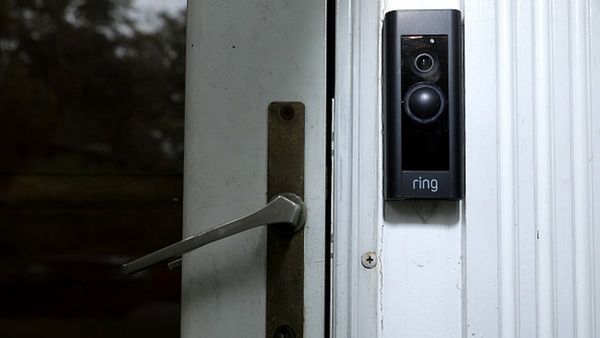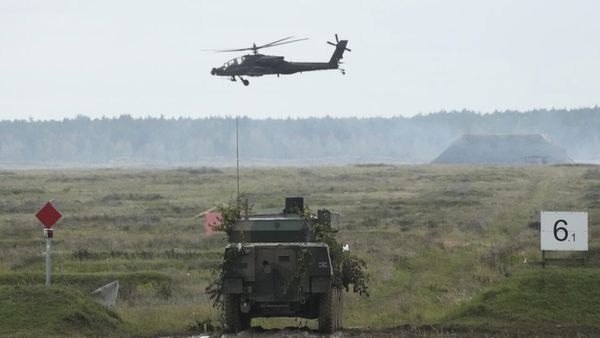
The families who gathered in a Spanish cemetery beneath Saturday’s burning sun had waited 82 years. They weren’t going to let the 30C heat stop them doing what they had come to do.
At 11am, Pit 111 of Paterna cemetery in the Valencia region finally gave up the remains of 21 of the 3,400 Republicans who were summarily executed by Franco’s forces after the end of the Spanish civil war, and whose bodies were tossed into an enormous and infamous mass grave.
Shortly before the remains, which were identified using DNA, were returned to the families of the murdered in a solemn ceremony, a letter was read aloud by Vicenta Juan, secretary of the Pit 111 Association, which has worked to reunite the bodies of the dead with their descendants. In it, one of the victims, Germán Sanz, said a last goodbye to his wife and children.

“If they kill me, it will be because I didn’t think like them and because I served my legally elected government,” it read. “I’m not afraid of dying, just of leaving you on your own. Forgive me, Rosa, for the sadness my death will cause you. I send a last hug to you, my dear wife, and to you my children. I want you to know that if there really is an afterlife, I’ll be waiting for you there. Goodbye forever from your husband and father, Germán Sanz.”
Sanz and his fellow victims were shot between March and May 1940, almost a year after Franco’s victory in the Spanish civil war. All of the 150 bodies painstakingly recovered from the seven-metre depths of Pit 111 showed the same treatment, a coup de grâce shot to the head. They had lain in the earth of eastern Spain for almost nine decades as the country grappled with the legacy of the coup that brought Franco to power, with his dictatorship, and with political and social disagreements over how best to make peace with the past.
Although neither Sanz’s remains, nor those of Juan’s grandfather, could be identified, others could.
Much of the information on where the exhumations were based came from Leoncio Badía, a grave-digger who secretly passed details to the families of those killed. His meticulous record-keeping was vital to Arqueoantro, one of the associations that helps families find their civil war dead. While work to exhume the grave began in May 2020, efforts were badly affected by the pandemic.
This weekend, at long last, brought the day for which so many families had prayed.

Lina Torres Baena, who was two years old when her father, Amadeo Torres Julián, was shot, wore black and clutched a carnation tied with a ribbon in the colours of the Second Spanish Republic as she received his remains, the pencil he used to write his letters home, and the soles of the shoes he was wearing on 6 April 1940.
“He was 28 when he was shot,” said Lina’s daughter, Yolanda. Lina’s mother never spoke to her daughter about her father for fear of reprisals. It was only at the end of her life, when she got dementia, that she shared stories about him.
“My mum is one of those who never knew anything about her father,” said Yolanda. “She’s one of the daughters of silence but she’s happy to have her father back now and to be able to bury him properly.”
Nearby stood the family of Regino García Culebras, a Republican soldier whose murder left behind his wife and six children.

“They arrested my father in 1939 and shot him on 27 March 1940,” said his daughter Rosa. “They gave him the most summary of trials and then they shot him. By then, we’d already been through a year of misery. We didn’t have to look for his remains for years because my mother always knew which grave he was in.”
For those who gathered in Paterna on Saturday, the event was as overdue as it was welcome. Eighty-three years after it ended, the civil war and the subsequent dictatorship continue to cause personal pain and political skirmishes.
Spain’s socialist-led government is hoping to build on landmark legislation from 2007 with a “democratic memory” bill intended to “settle Spanish democracy’s debt to its past”.
Among its 65 articles are plans for a census and a national DNA bank to help locate and identify the remains of the tens of thousands of people who still lie in unmarked graves, a ban on groups that glorify the Franco regime, and a “redefinition” of the Valley of the Fallen, the hulking mausoleum outside Madrid where the dictator lay for 44 years until his exhumation in 2019.
The plans have been criticised by the opposition conservative People’s party, which says the proposed legislation will serve only to “dig up grudges” and churn up the earth that was carefully tamped down with the post-Franco amnesty law and the so-called pact of forgetting.
But for many, the recovery of remains is a basic human and democratic right.

Clutching the box that held the remains of a man they never knew, the grandchildren of José María Balaguer Gómez, who was 56 years old when he was shot on 27 March 1940, said they had come to do what their parents and grandmother were never able to.
“We’ve come,” said his granddaughter María, “to take him home. He’s coming home now.”







